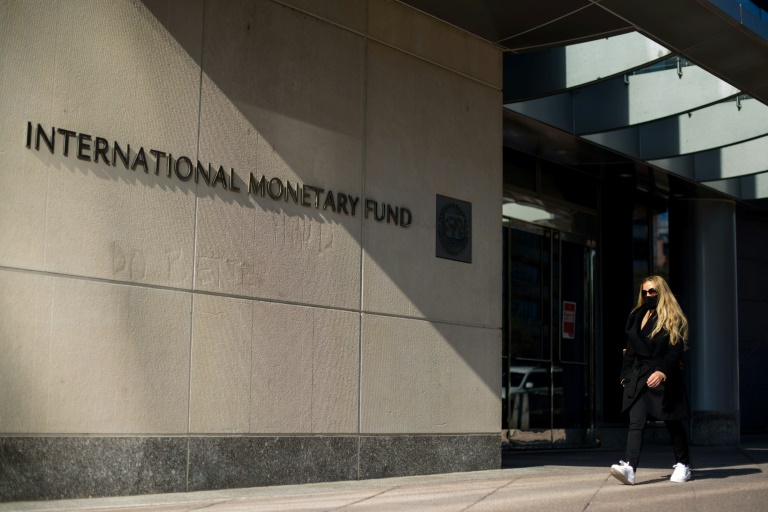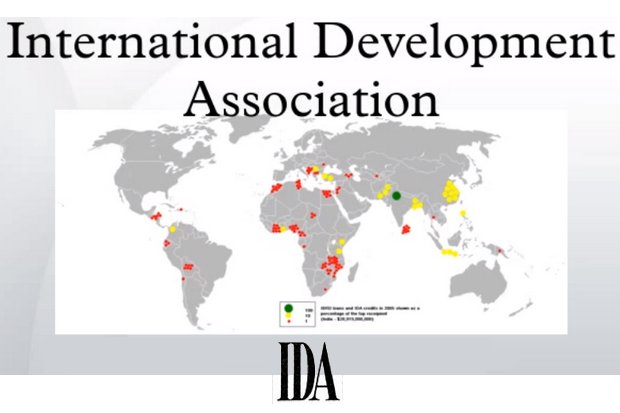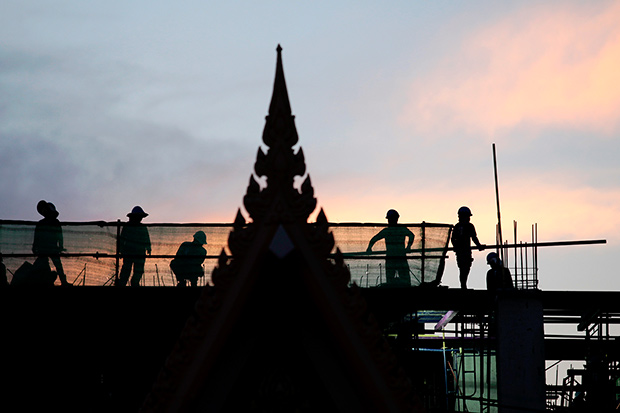Showing 1 - 10 of 10
Prosperity needs a healthy planet
News, Published on 30/10/2024
» Progress on poverty reduction has slowed almost to a standstill in recent years. With nearly 700 million people still living on less than US$2.15 (73 baht) per day, the world is far from the goal of eradicating extreme poverty by 2030. At the current pace, it will take at least three decades to reach this target and more than a century to lift everyone above the poverty line of $6.85 per day used for upper-middle-income countries. Today, 44% of the global population falls below this threshold.
Vulnerable states need funding
Oped, Published on 13/09/2023
» Amid an escalating climate emergency and a global debt crisis, calls for a new "fit for climate" global financial architecture are growing louder throughout the developing world.
IMF, World Bank prioritize vaccine access to end pandemic
AFP, Published on 02/06/2021
» WASHINGTON - After kicking their massive lending powers into overdrive to help the nations hardest hit by Covid-19 last year, the IMF and the World Bank are now focusing on getting vaccines to poor countries to keep the pandemic from derailing the global economic recovery.
Macron hosts summit on post-Covid Africa finance
AFP, Published on 18/05/2021
» PARIS - French President Emmanuel Macron Tuesday hosts African leaders and chiefs of global financial institutions for a summit meeting that will seek to provide Africa with critical financing swept away by the Covid-19 pandemic.
How the IDA can help countries reduce poverty
News, Published on 24/06/2016
» This week, more than 50 donor governments and representatives of borrowing member countries are gathering in Nay Pyi Taw to discuss how the World Bank's International Development Association (IDA) can continue to help the world's poorest countries.
An opportunity to invest in the country's people
News, Published on 25/02/2016
» Myanmar is experiencing a historic transformation. The Nov 8 elections marked a milestone after four years of peaceful transition, with a new parliament chosen and one political party -- the National League of Democracy -- holding a majority of seats. In parallel, Myanmar's economy is also undergoing a transformation, growing at 7% a year -- among the fastest in East Asia.
Rapid ageing in East Asia alarming
News, Published on 16/12/2015
» In the past three decades, East Asia has reaped the demographic dividend. An abundant and growing labour force powered almost one-third of the region's per capita income growth from the 1960s to the 1990s, making it the world's growth engine.
World Bank cuts developing East Asia growth forecast
Bloomberg News, Published on 13/04/2015
» The World Bank cut its 2015 growth forecasts for developing East Asia, and warned of 'significant' risks from global uncertainties, including China’s slowing expansion.
Bangkok on its way to joining region's megacities
News, Published on 27/01/2015
» The current population shift in East Asia from the countryside to the city is creating some of the world's biggest megacities — Tokyo, Shanghai, Jakarta, Seoul and Manila — as well as hundreds of medium and smaller urban areas.
World Bank maintains East Asia growth at 7.1 percent
AFP, Published on 07/04/2014
» The World Bank said Monday developing countries in East Asia will record economic growth of 7.1 percent in 2014, as they benefit from a stabilising global economy and withstand the impact of US stimulus cuts.









